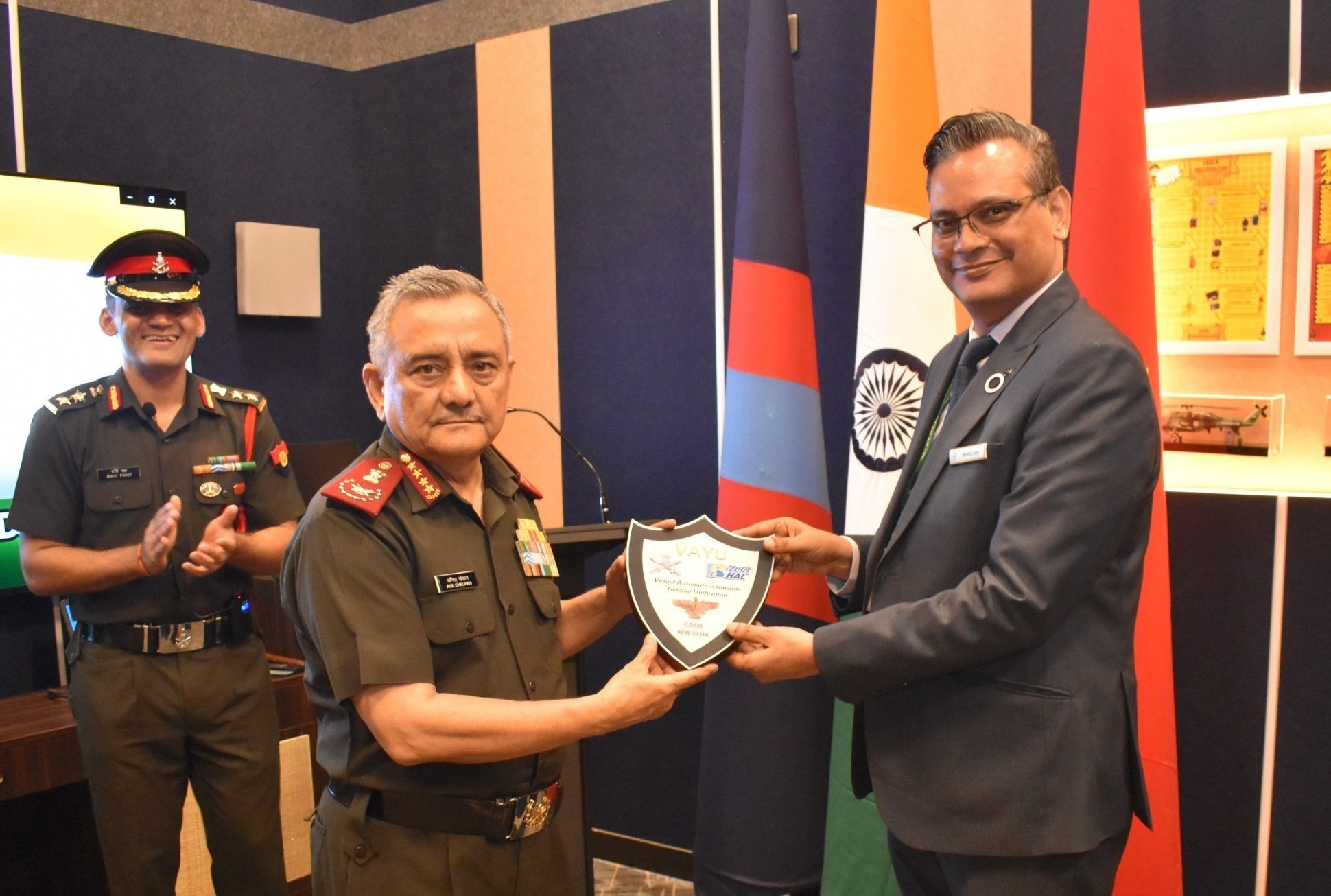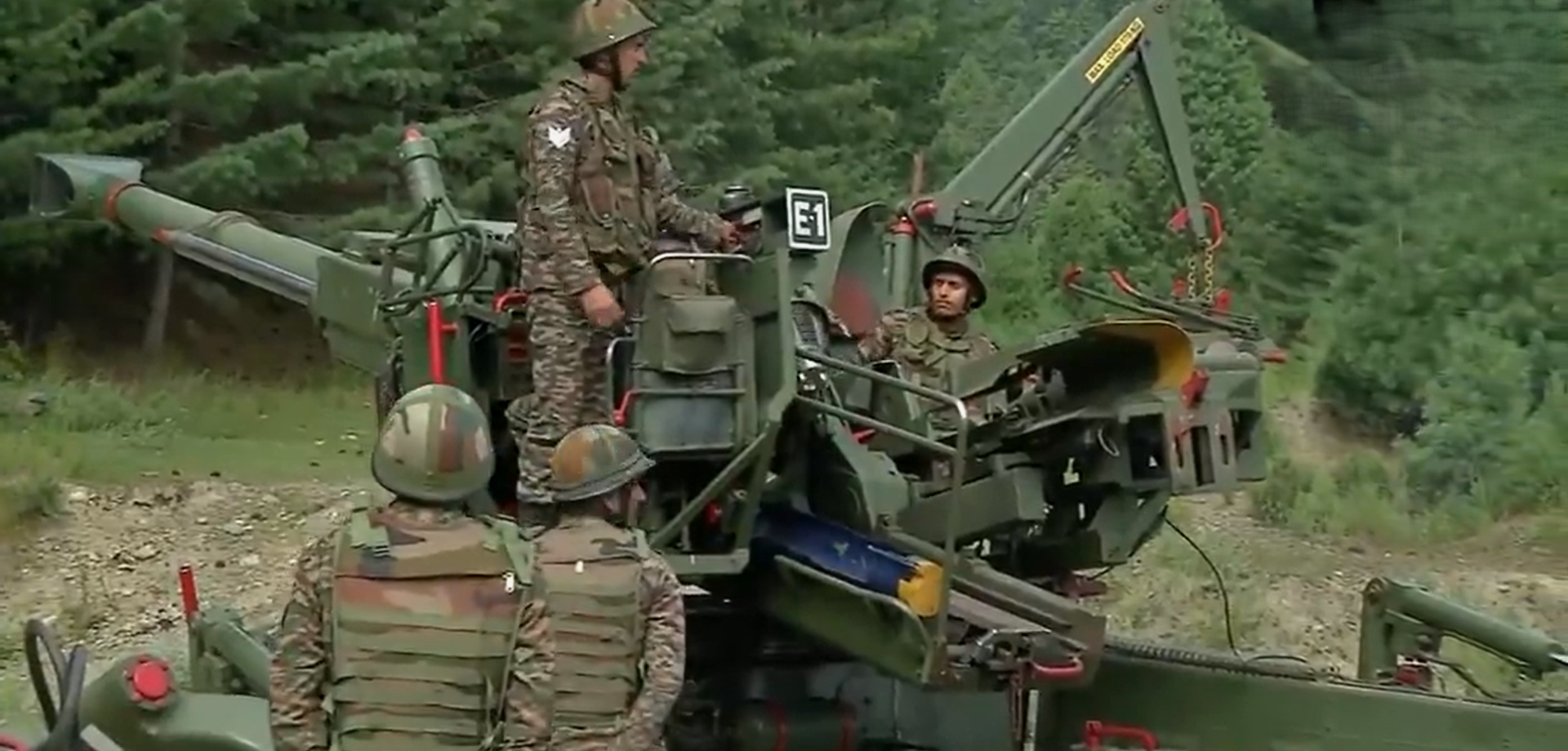CDS Unveils ‘VAYU’ Portal to Transform Indian Defense Logistics
In a major step towards defense modernization and technological self-reliance, Chief of Defence Staff General Anil Chauhan today launched the…
Pakistan Pushes for Revival of Indus Waters Treaty, India Rejects International Court’s Jurisdiction
Pakistan has welcomed a ruling by the Permanent Court of Arbitration (PCA) on the Indus Waters Treaty (IWT), which interprets…
NCC 59 Notification Special Entry Scheme for Indian Army
The Indian Army is set to open doors for aspiring candidates through the NCC 59 Notification, which outlines the Special Entry…
Spike in Violent Attacks Sparks Fear Among India’s Diaspora in Ireland
A recent surge in violent incidents targeting Indians in Ireland has left the country’s South Asian community alarmed and fearful…
Indian Army Demonstrates Bofors 155 mm Field Gun Along LoC in Kupwara
The Indian Army conducted a demonstration of the Bofors 155 mm field gun along the Line of Control (LoC) in…
India and Nigeria Explore Enhanced Defence Cooperation in New Delhi Meeting
Minister of State for Defence, Sanjay Seth held a bilateral meeting with Nigeria’s Minister of State for Defence, Dr Bello…






